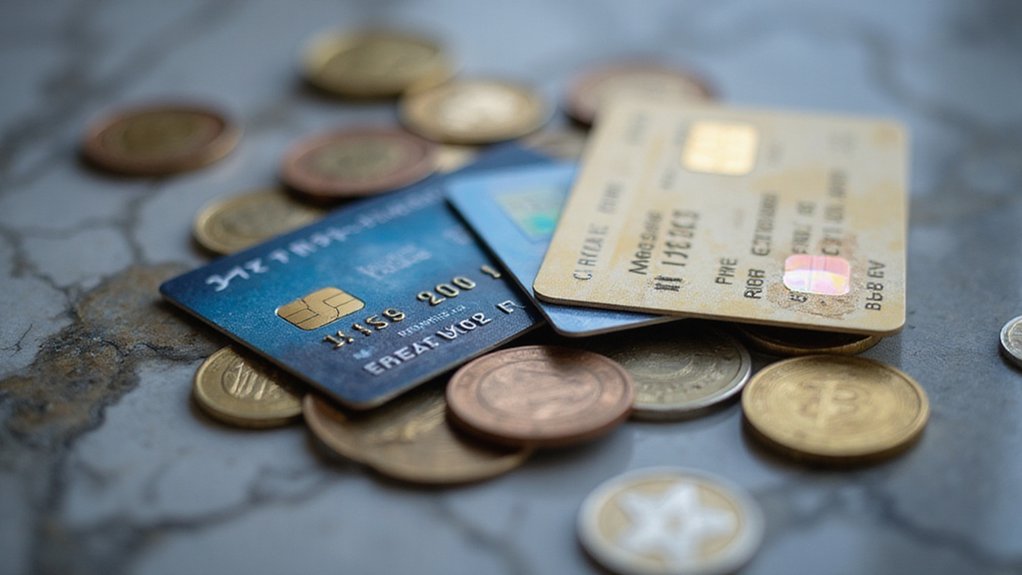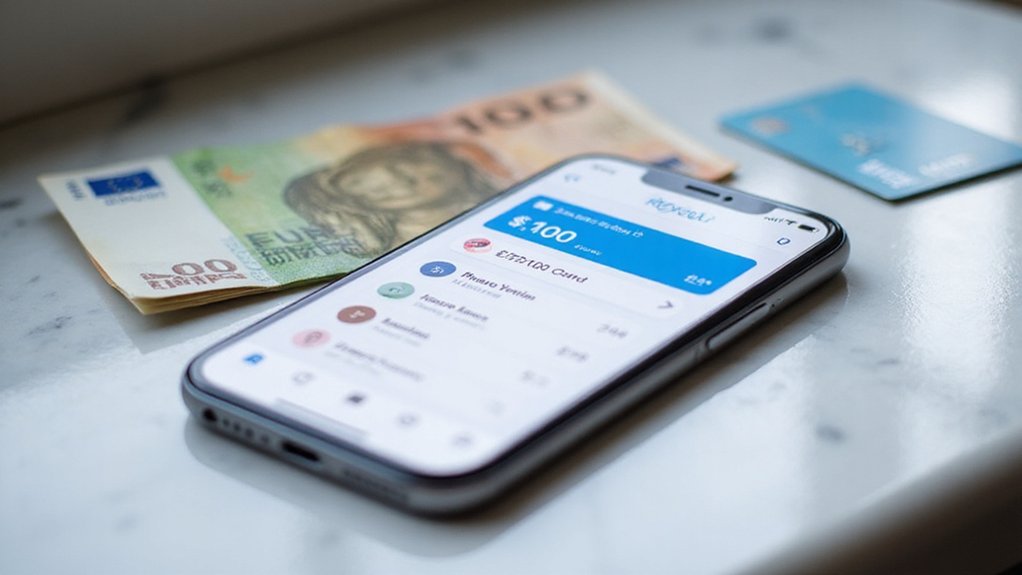While traditional banks spent years perfecting the art of charging fees for the privilege of spending one’s own money, crypto cards have quietly orchestrated a payment revolution across Europe—one €5 coffee purchase at a time.
The numbers tell a compelling story: crypto cards captured 45% of small-value transactions under €10 in 2025, with new orders surging 15% across Europe. This isn’t merely adoption—it’s displacement. The average crypto card transaction of €23.7 markedly undercuts traditional bank cards’ €33.6, suggesting consumers have discovered these digital alternatives excel precisely where legacy institutions stumble: micro-payments.
Nearly half of all crypto card transactions fall below €10, creating a distinct behavioral pattern that traditional banks apparently never anticipated (or perhaps dismissed as unprofitable). More tellingly, crypto card users conduct 40% of their transactions online—nearly double the 21% average for conventional cards in the euro area. This digital-first approach extends beyond mere convenience; it represents a fundamental shift in payment philosophy.
Stablecoins dominate this ecosystem, accounting for 73% of crypto card transactions—a pragmatic choice that sidesteps volatility concerns while maintaining the technological advantages of blockchain infrastructure. Bitcoin, Ether, Litecoin, and Solana round out the payment options, creating a diversified crypto payment landscape that mirrors traditional currency flexibility.
The competitive response from established banks has been predictably defensive. Barclays, citing debt risk and investor protection concerns, banned crypto transactions on their credit cards—a move that effectively cedes the fastest-growing payment segment to competitors.
Other banks face an uncomfortable choice: adapt their technology infrastructure or watch crypto card providers like CEX.IO, Crypto.com, and Oobit continue capturing market share in everyday spending categories including groceries, dining, and transportation.
What emerges is a payment revolution driven not by grand technological proclamations but by practical utility. Consumers increasingly view cryptocurrencies as functional payment tools rather than speculative investments, embracing blockchain’s enhanced security and transparency for routine transactions. This shift aligns with the broader crypto landscape’s evolution from speculation to tangible utility, where practical applications drive mainstream adoption.
Traditional banks, meanwhile, discover that dismissing micro-payments as unprofitable margin business creates opportunities for nimbler competitors to establish beachheads in everyday consumer behavior—one small transaction at a time.









